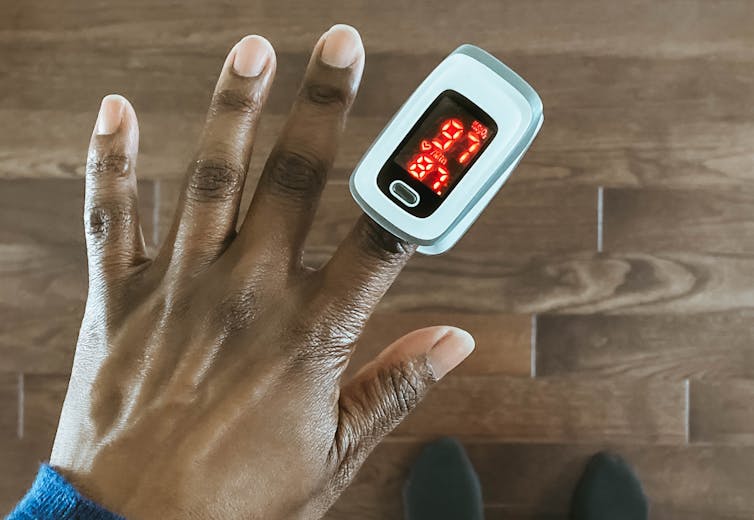Breezy Explainer: How can your pulse oximeter be a racist?
Your pulse oximeter may not be as accurate as you think it is. According to the UK government, the covid-19 pandemic has exposed health disparities across the nation, revealing higher death rates in ethnic minorities. Read to find out why. Your oxygen saturation may not be accurate On Sunday, The United Kingdom’s Department of Health […]


Your pulse oximeter may not be as accurate as you think it is. According to the UK government, the covid-19 pandemic has exposed health disparities across the nation, revealing higher death rates in ethnic minorities. Read to find out why.
Your oxygen saturation may not be accurate
On Sunday, The United Kingdom’s Department of Health and Social Care announced an independent review for finding potential bias in medical devices such as a pulse oximeter and its impact on ethnic minorities. New research based on 18 years of testing accuracy was based on mostly light-skinned people. “Most pulse oximeters have been calibrated using light-skinned individuals based on the assumption that skin pigment did not matter,” revealed the study.
But, how does a pulse oximeter work?
A pulse oximeter is a clip-on device that can calculate the amount of oxygen present in your bloodstream. The device is non-invasive and attaches to the earlobe, toes, or fingertips. Our blood contains hemoglobin. When it is saturated with oxygen from the lungs, it is known as oxygenated hemoglobin. Once our body uses up the oxygen, it becomes ‘deoxygenated’.
The pulse oximeter has a small electric processor and two LEDs. One emitting red light, and another infrared light. The oxygenated and deoxygenated hemoglobin absorbs the lights differently. When compared to deoxygenated blood, oxygenated blood allows more red light to pass. It also absorbs more infrared light. The medical device measures amount of light transmitted. This is known as the oxygen saturation percentage and, is displayed on the screen. The normal blood oxygen saturation is between 90 to 100 percent.
How can a device racially discriminate?

Racial discrimination pertains across the health industry. Since the device is based on light passing through the skin, the calibration of the device causes a huge problem. The device is providing inaccurate results for people of color. University of California’s Hypoxia Research Laboratory, after testing the pulse oximeter’s performance revealed how its fundamental error. Dark skin is due to the high concentration of melanin, a skin pigment. “When pigment scatters the light, the signal reduces. It is like adding static to a radio signal — there is more noise, less signal,” said Dr. Philip Bicker.
The team studied 10,789 pairs of readings from both a pulse oximeter and with the arterial blood gas test. After studying 1,333 white and 276 black patients, researchers found that the device overestimated results by 12 percent of the time for black patients. However, the rate for white patients was just 3.6 percent of the time. They conducted a secondary study which established the results. Dr. Michael W. Sjoding, the lead author of the study also stated that the medical community was assuming that the device was accurate for everyone.
This article Breezy Explainer: How can your pulse oximeter be a racist? appeared first on BreezyScroll.
Read more on BreezyScroll.


